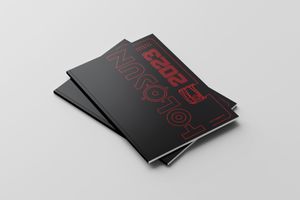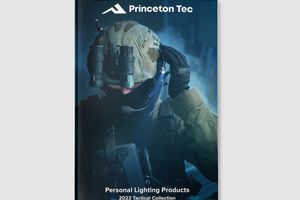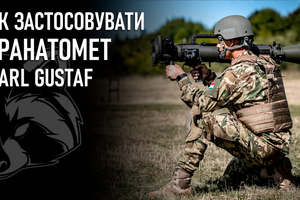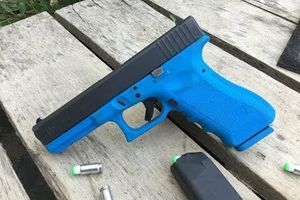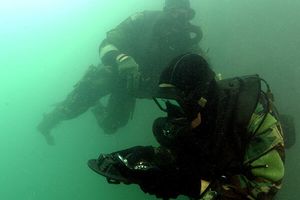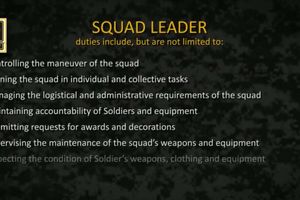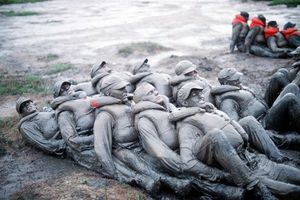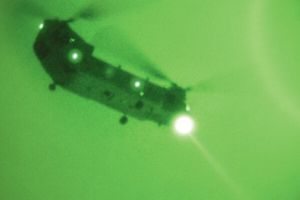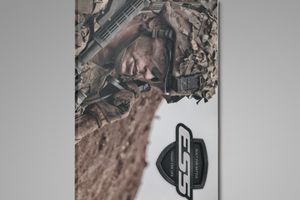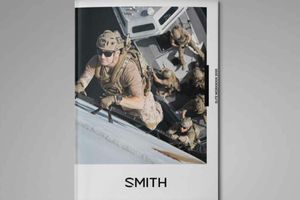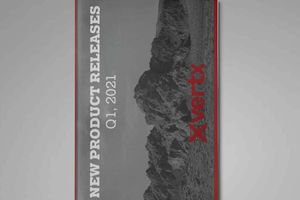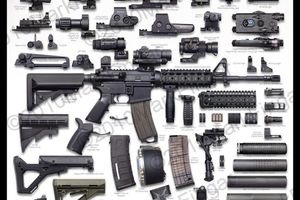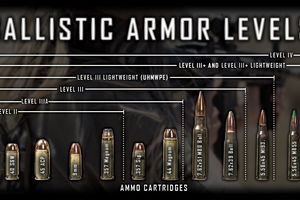Released in late 2020, the Ops-Core AMP Communication Headset represents one of the most advanced tactical communication and electronic hearing protection devices currently on the market. The AMP brings together dual-purpose design that allows for over-the-head configuration, or integration onto a helmet-mounted accessory rail to meet a variety of mission needs.
Exterior
Out of the box, the Adaptive Mission Platform (AMP) comes with a removable pad with quick-attach/release points, and hook-and-loop tabs that enable the AMP to be quickly configured between an over-the-head headband, or helmet-mounted operation.

From the outside, the housing for the AMP is made from an injection-molded, glass polymer to provide the lowest profile possible. The housing itself provides the end-user with full, over-ear ergonomic foam cups that give a good level of comfort and noise attenuation with less fatigue over time. The exterior and all outward connections (speakers, microphones, battery compartment, etc.) are sealed with rubberized gaskets to provide IPX7 salt water immersion protection to the headset.
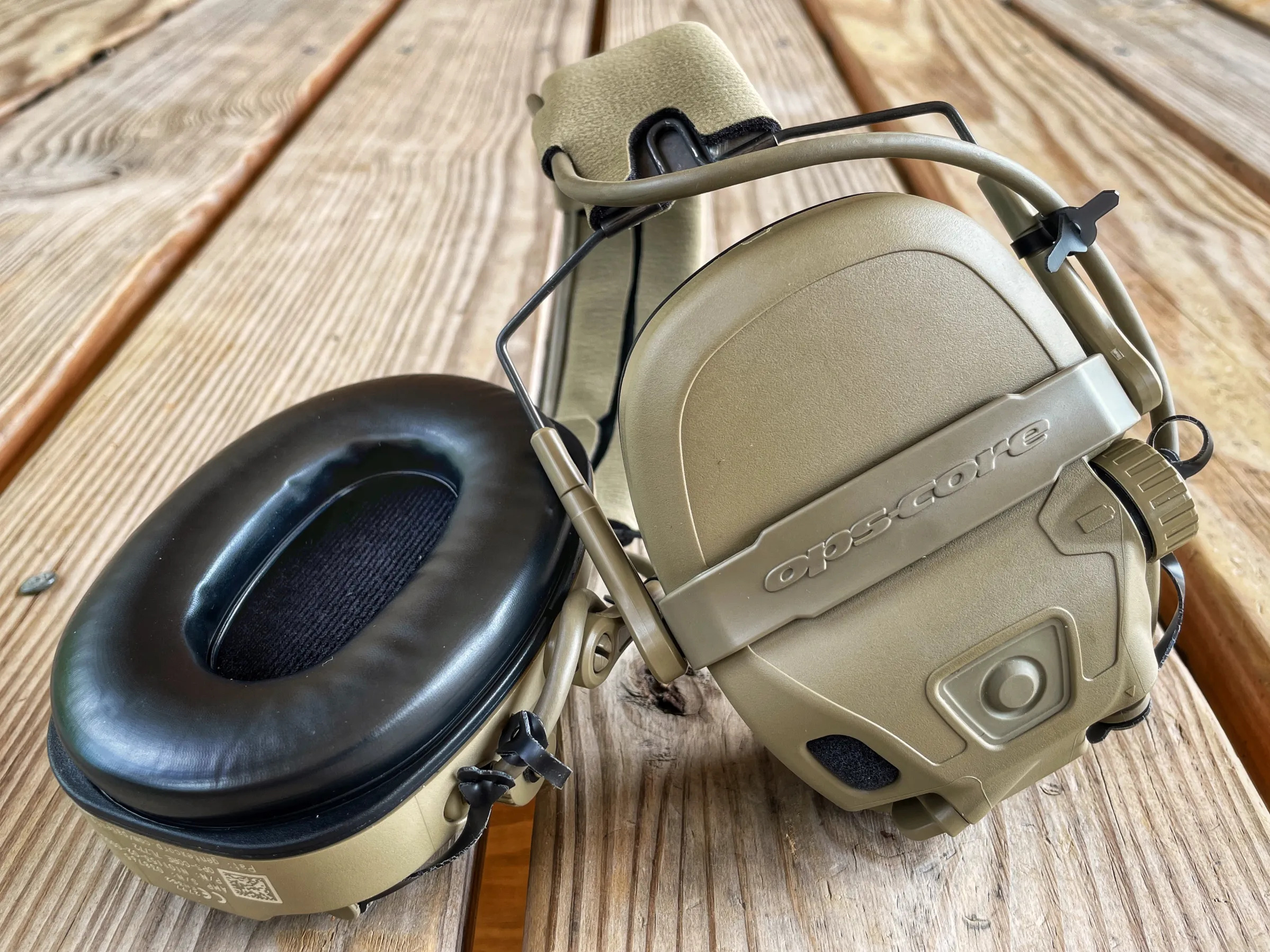
On either earpiece is a port that integrates with any U-173/U standard PTT radio plug, and comes with a removable noise-cancelling microphone that can be mounted on either side, or removed entirely. Additionally, quick release downlead connection points allow for single comms, double comms (one per side), or no downleads.
The AMP is powered by three lithium AAA batteries that give the headset 120 hours of continual 3D Hear-Through (3DHT) audio runtime (80 hours with NFMI earplugs (not included) engaged). Important! Earplugs do not come in kits, but are sold separately.
If no movement is detected for two hours, a series of warning tones will prompt the power save feature before shutting the headset off. The shutdown can be reset by pressing any audio button.
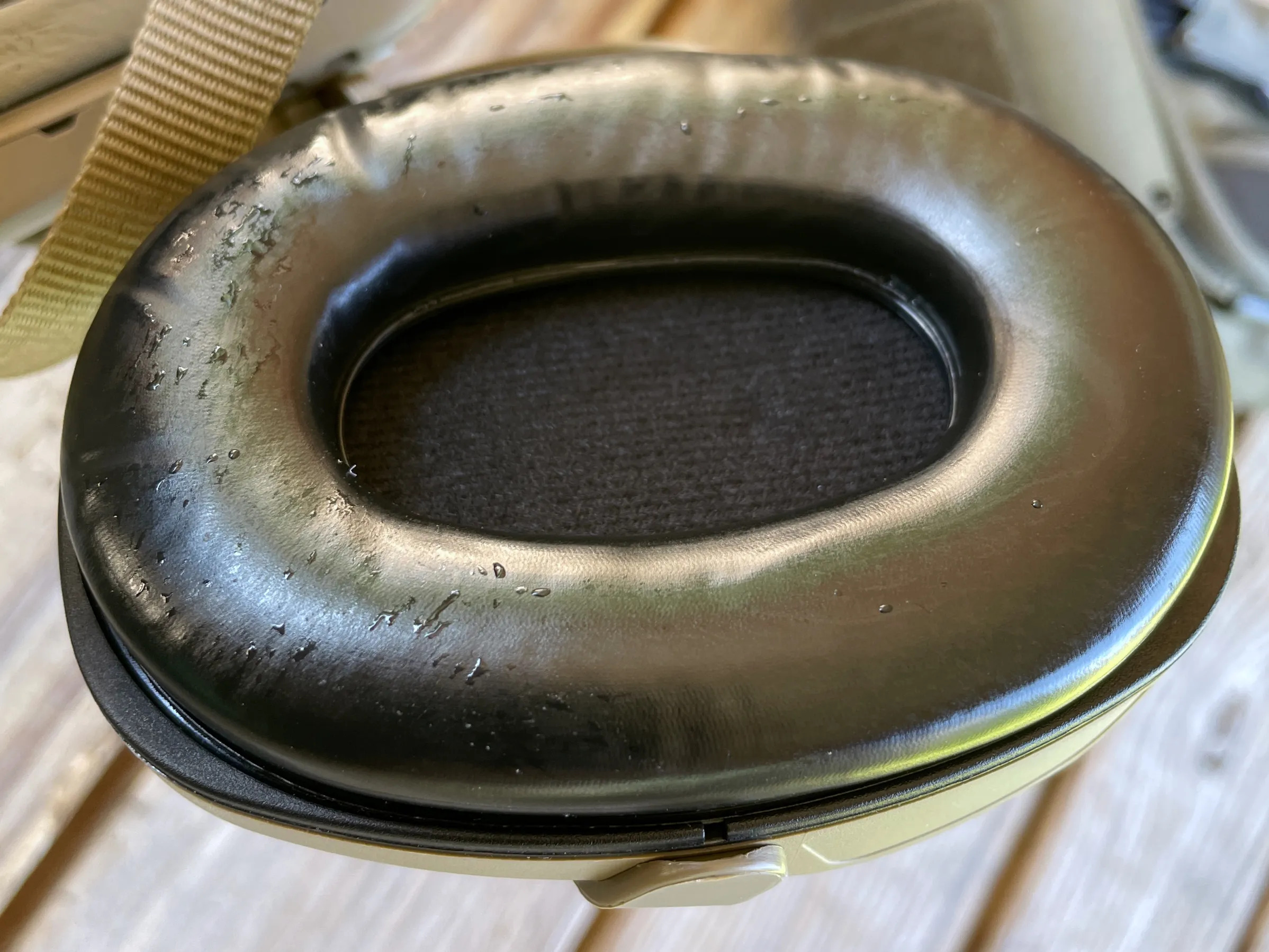
The ear seals themselves are open-cell foam and resistant to high temperatures, with a layered design to provide baffling against exterior sound impulses and interference. Inside are noise-cancelling speakers that connect into the interior programming, and offer enhanced 3DHT electronic programming and control of audio input from the exterior microphones down to 22 decibels — this meeting EN352 hearing certification.
Internal
The internal electronics of the AMP offer 3DHT technology that enhances the “natural hearing” of the external environment, while reducing ambient noise (such as gunfire) to negligible levels. The 360 ̊ directional detection reproduces external noise with internal directional accuracy.
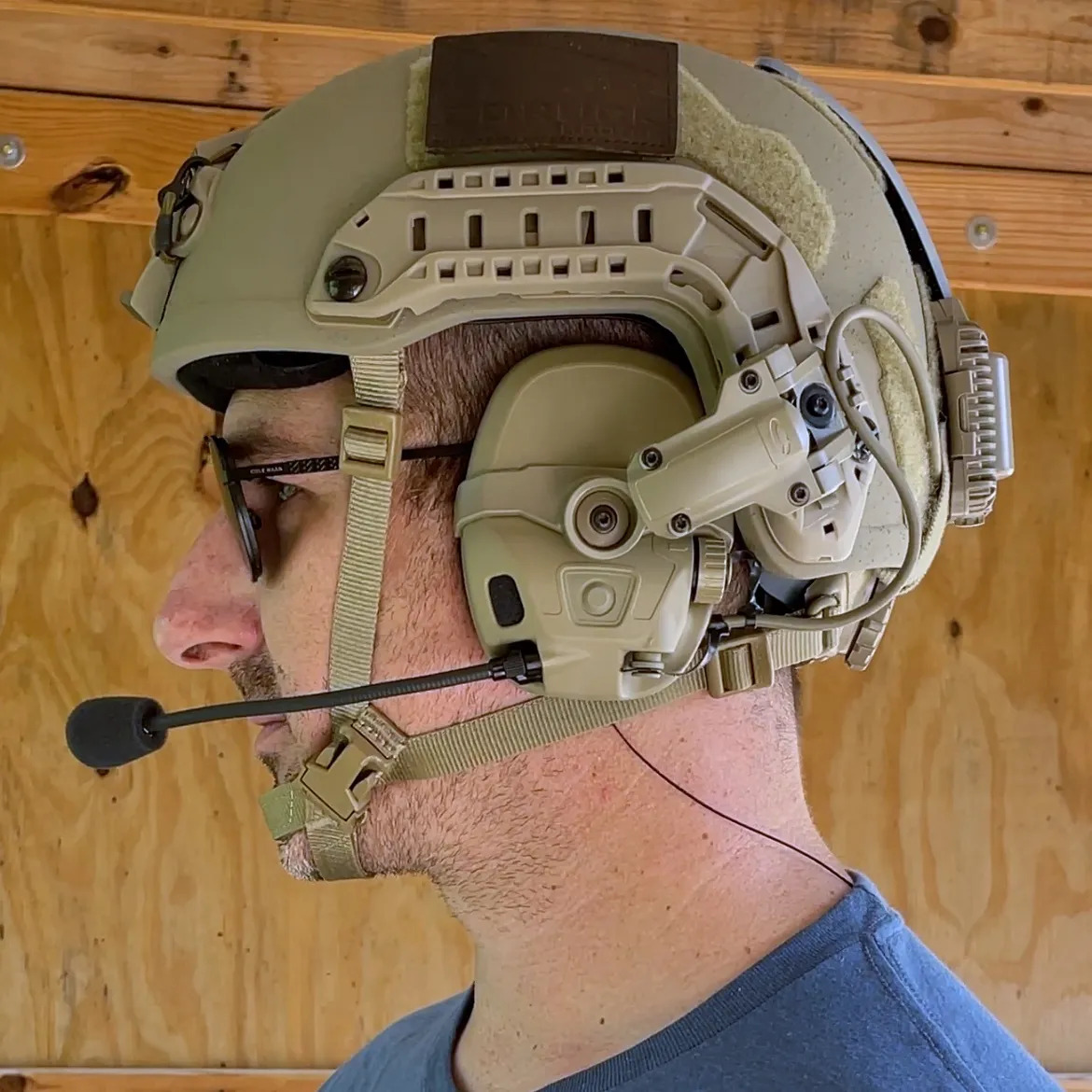
The AMP internals also assist in mitigating external sound levels down to manageable levels, all while ensuring desired sounds (such as voice commands) pass-through and are clearly heard. The internal electronics on the AMP can mitigate down to a comfortable Noise Reduction Rating (NRR) of 22 decibels. The AMP also has the added benefit of the NFMI earplugs (sold separately) which can further reduce exterior noise levels down to a NRR of 34 decibels while still maintaining clear vocal audio.
Noise Protection Ratings
The internal programming also enables an exterior selector switch (on NFMI-enabled AMP versions) to toggle between NFMI usage or to turn off the sound amplification setting.
More technical noise reduction of the AMP includes:
|
Feature |
AMP Headset Alone |
AMP Headset w/NFMI Earplugs |
|
Noise Reduction Rting (NRR) |
22 |
34 |
|
Signal to Noise Rating |
27 |
41 |
|
High |
31 |
41 |
|
Medium |
23 |
39 |
|
Low |
19 |
34 |
Noise Protection Ratings in decibels (dB)
Hardware
Included in this review (but sold separately) is the AMP Rail Mount Kit (RMK) that is a hinge-type mount (under spring tension) that attaches the AMP to Ops-Core Arc rails. The RMK has a single gimbal point for 360 ̊ adjustment/rotation of the earcups for end-user comfort. The RMK also has a pivot joint at the base that enables the AMPs to rotate to the upwards or to the rear of the helmet during storage. You can buy headset adapters on our website.
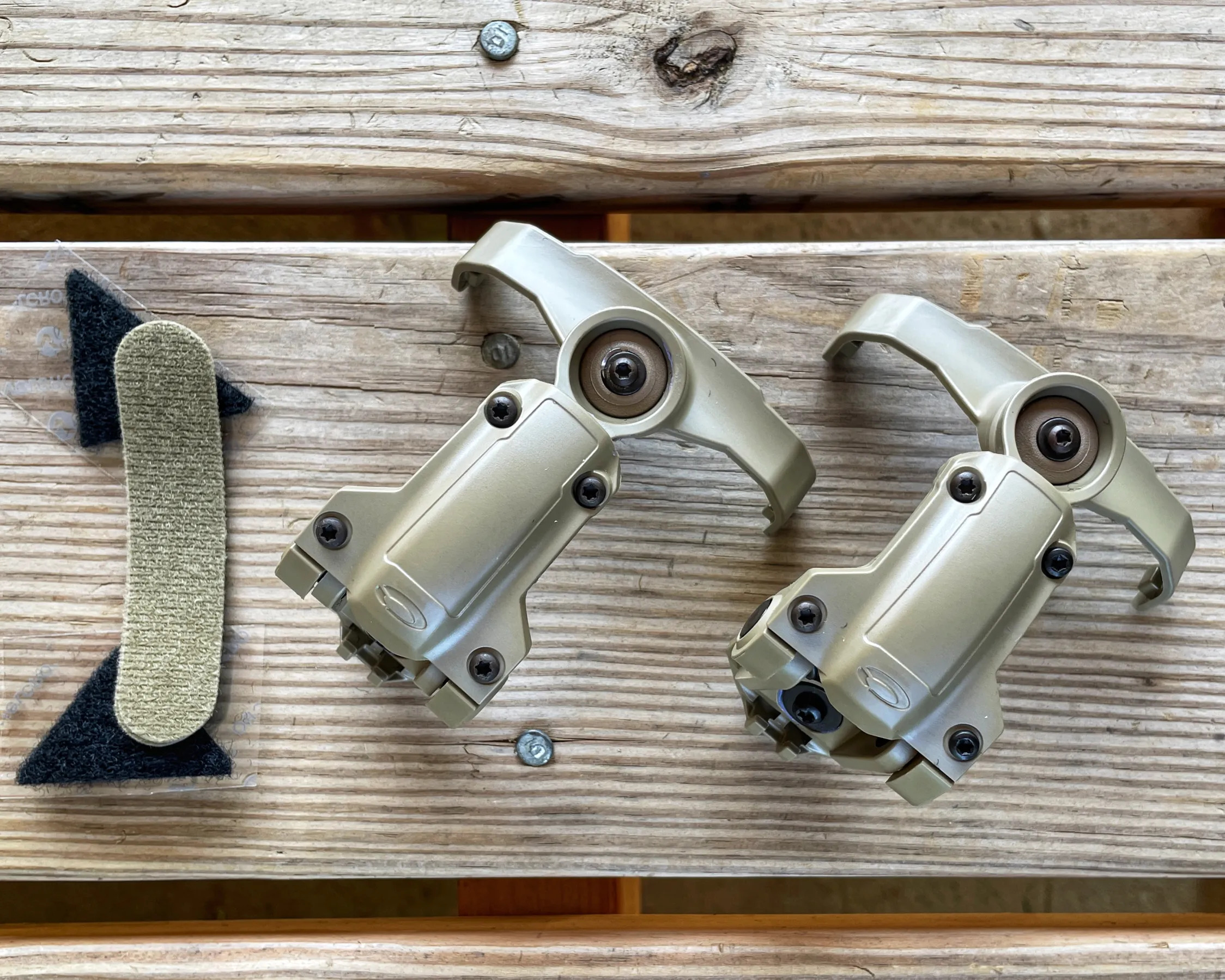
The AMP is available in 499 Tan (featured), Foliage Green and Black.
Product Evaluation Scores*:
Cost. Average — 3/5. With an MSRP of $1,025.95 the AMP represents the apex of current technology, design, and hearing protection for professionals and civilians alike. As a whole this puts the AMP at a high price point due to its emergent technology and limited supply due to focus on providing support to military organizations. In limited contrast, the closest competitors to the AMP would be the newest Peltor ComTac VI (w/dual lead) ($1,225), or the new Liberator V Headset (w/dual lead) ($911.00) from Safariland. Considering the market for the latest in electronic hearing protection, the AMP is appropriately (or of average) cost to the consumer and well placed amid the market.
Comfort. Good — 4/5. From a comfort aspect, the AMP had a good level of comfort in its physical construction with both ear cups using open-cell foam padding that was common to most over-ear protection. This did however, seal the ear and as a result some minor sweating was noted during drills and extended wear. Frequently, gel-cup inserts are sold separately for added comfort, but as of this post Ops Core does not offer such an upgrade — and that would be one recommendation for Ops Core to consider. Elsewhere, the 1.5” wide headband of the AMP, while worn in the over-head configuration, was comfortable but not significantly (approx. ¼” thick) padded so over time (2+ hours) the headband was noted to pull slightly on the crown of the head and fatigue slightly. Alternatively, while worn using the RMK, the AMP was still worn comfortably, though notably did not provide the same level of inward pressure and seal as while the AMP was worn with the over-the-head configuration. The RMK method of use however still provided good noise mitigation and at no point became loose nor shifted to allow any potential noise penetration. Lastly, the buttonology and layout of the input options (volume, ON/OFF, microphones) was comfortable and easily reached, with clear audible and tactile feel when activated or utilized.
Durability. Good — 4/5. The AMP was notably made from the same glass-polymer housing as other top quality hearing protection and other modern day accessories, giving it a good level of durability. The microphone, downlead ports, and battery caps were all sealed with rubberized gaskets that prevented incidental (rain) moisture penetration and is what gave the AMP an overall IPX7 waterproof certification. The foam covers to the microphones and boom mic were the frailest of the overall unit and over time showed gradual signs of wear, though these are minor components to the hearing protection and nothing significant nor detrimental to function. One negative aspect to the open-cell foam in the ear cups was that when stored against the helmet or stowed tightly inside the headband, the foam would stay compressed and may flatten over time. Again as before, gel ear cups may resolve this to a larger degree but those are not offered by Ops Core at this time. Lastly, over time and drills, the RMK held up well with the joint allowing rotation, and opening of the ear cups away from the head showing no signs of wear or loosening over time and use.
Functionality. Excellent — 5/5. Functionally, the AMP was at the top of the market for electronic hearing protection and provided excellent functionality. Most notably, the 3DHT noise mitigation/amplification provided an almost unreal level of amplification to lower noises (such as voices) and lowering of higher decibel sounds (gunfire). But the 3DHT also provided near 360-degree coverage with conversation and background noise behind the shooter coming just as clearly as those around the front. The interchange between the over-the-head configuration to the RMK, and then back again was easily done with little prep work in setting up or modification needed. The ability to interchange microphones to different types (sold separately) allowed the AMP to configure as needed by the end-user and equipment available. The downlink port covers, as well as the battery caps did have a retention lanyard for each, but the microphone port covers did not, risking loss or misplacement. Users will need to find a safe place for storage when one port (or both) are being used.
Weight. Average — 3/5. The overall weight of the AMP was neither overbearing, fatiguing, nor pulled on the crown of the head excessively while in the headband configuration, and the weight of the AMP really depended on which configuration was chosen. With the rail mounted configuration, the weight of the headset was borne more from the helmet itself and part of the associated suspension/padding system. As such, the weight differences came in at:
-
Headband Configuration: 0.85 lbs;
-
NFMI Headband Configuration: 0.92 lbs;
-
Rail Mounted Configuration: 0.94 lbs;
-
NFMI Rail Mounted Configuration: 1.01 lbs.
In contrast, the weight of the competitive Peltor ComTac VI (w/dual lead in headband configuration) (0.74 lbs.), or the new Liberator V Headset (w/dual lead in headband configuration) (0.875 lbs.) from Safariland illustrate that the Ops Core AMP headset is of an appropriate (or average) weight amid the market, the electronic earpro design, and technology involved.
Overall Rating — Above Average — 19/25.
* — according to the opinion assessment of the author of the original article.
Source: https://highgroundshooter.com/testimonial/ops-core-amp-headset-hear-clear-despite-the-chaos/


























































































































